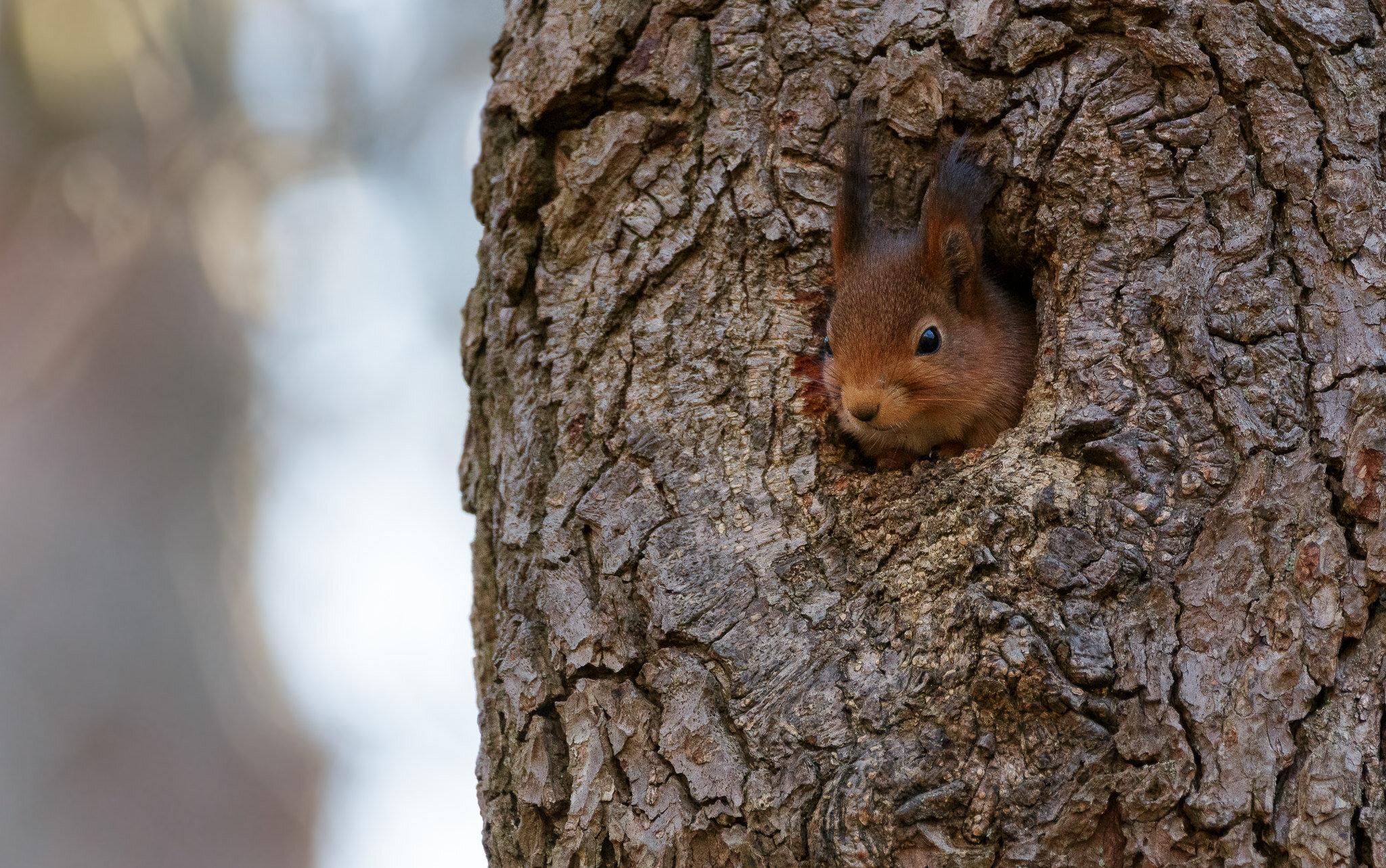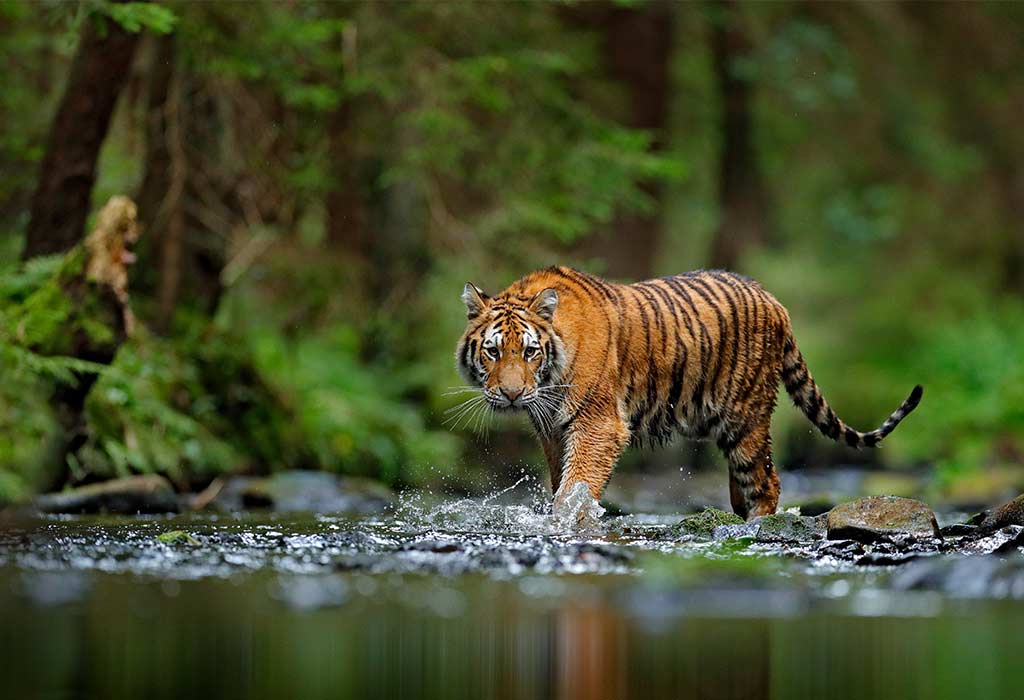Projects on Animal Habitats at G SEWA
Habitats at G SEWA
At G Sewa, we believe in the power of collective action to create positive change. Join us in our mission to safeguard the environment and build a sustainable future for all.
+91 9369991643
Become a Member
Protecting Wildlife: Key Projects on Animal Habitats and Conservation
Projects on animal habitats are crucial for preserving biodiversity and maintaining ecological balance. These initiatives focus on protecting and restoring natural habitats that are essential for the survival of various wildlife species. From creating protected areas and wildlife corridors to rehabilitating degraded ecosystems, these projects aim to provide safe and sustainable environments where animals can thrive. By addressing threats such as habitat destruction, pollution, and climate change, conservation efforts help safeguard endangered species and ensure the long-term health of ecosystems. Through collaboration with governments, NGOs, and local communities, these projects play a vital role in promoting wildlife conservation and fostering a greater understanding of the importance of healthy habitats for all life forms.

Why Join G SEWA For Projects on Animal Habitats ?
Joining G SEWA for projects on animal habitats offers a unique opportunity to contribute to meaningful conservation efforts that protect and restore natural ecosystems. G SEWA is dedicated to preserving biodiversity and ensuring the survival of various wildlife species through well-coordinated and impactful projects. By working with experienced conservationists and environmentalists, participants gain hands-on experience and valuable knowledge about habitat conservation, wildlife protection, and sustainable practices. G SEWA's projects provide a platform for individuals to make a tangible difference, whether through on-the-ground activities like habitat restoration or through research and advocacy. Additionally, G SEWA fosters a collaborative and supportive environment, allowing volunteers to connect with like-minded individuals and communities passionate about environmental conservation. Joining G SEWA means being part of a committed team working towards a healthier and more sustainable planet.

Join the ranks of leading organizations
G Sewa is proud to be trusted by renowned brands that prioritize environmental stewardship. Explore our trusted partners who are making a difference in the world:
Measuring Our Impact
Track our progress and impact through these key metrics that reflect our commitment to environmental sustainability.
2 Lacs+
Trees Planted
5 Lacs+
Clean Water Access
3 Tons+
Air Quality Improvement
287+
Soil Health Restored
Hear From Our Supporters
Verified Reviews
Read what some of our valued supporters have to say about their experience with G SEWA.

Testimonials
I had the pleasure of working with G Sewa on their animal habitat projects, and the experience was truly rewarding. The organization’s dedication to wildlife conservation is evident in their well-structured initiatives and passionate team. I was involved in habitat restoration activities and saw firsthand how our efforts positively impacted local wildlife. G Sewa provides excellent support and resources, ensuring that volunteers like me can contribute effectively.
Participating in G Sewa’s projects on animal habitats was an incredible experience. The organization’s commitment to preserving and enhancing wildlife environments is impressive. I joined their initiative to create and maintain wildlife corridors and found the work both challenging and fulfilling. The team at G Sewa is incredibly knowledgeable and supportive, providing clear guidance and valuable insights throughout the project.

Have a question?
Projects on animal habitats are conservation initiatives focused on protecting, restoring, and managing natural environments essential for wildlife survival. These projects aim to improve and sustain habitats to support biodiversity, prevent habitat loss, and ensure the well-being of various animal species.
These projects are crucial for maintaining ecological balance and protecting endangered and vulnerable species. By restoring and preserving natural habitats, we help prevent species extinction, promote biodiversity, and support healthy ecosystems that benefit both wildlife and human communities.
Participation is open to a wide range of individuals, including students, professionals, volunteers, and anyone with a passion for conservation. Many projects offer opportunities for different skill levels and backgrounds, from hands-on fieldwork to research and advocacy.
Activities may include habitat restoration (e.g., reforestation, wetland creation), wildlife monitoring and research, creating wildlife corridors, combating habitat degradation, and community education and outreach. Specific activities depend on the project's goals and the needs of the habitat.
